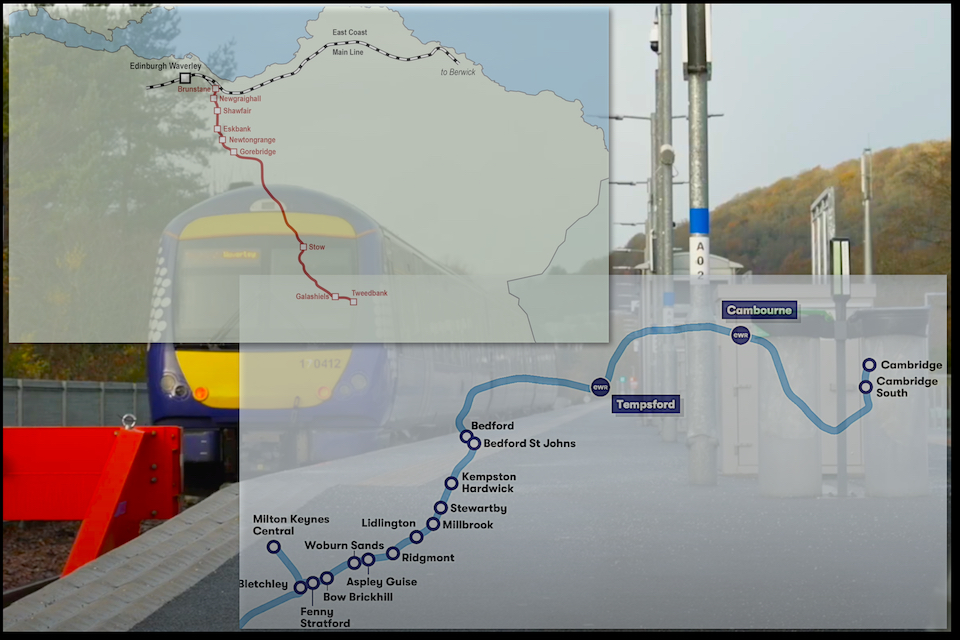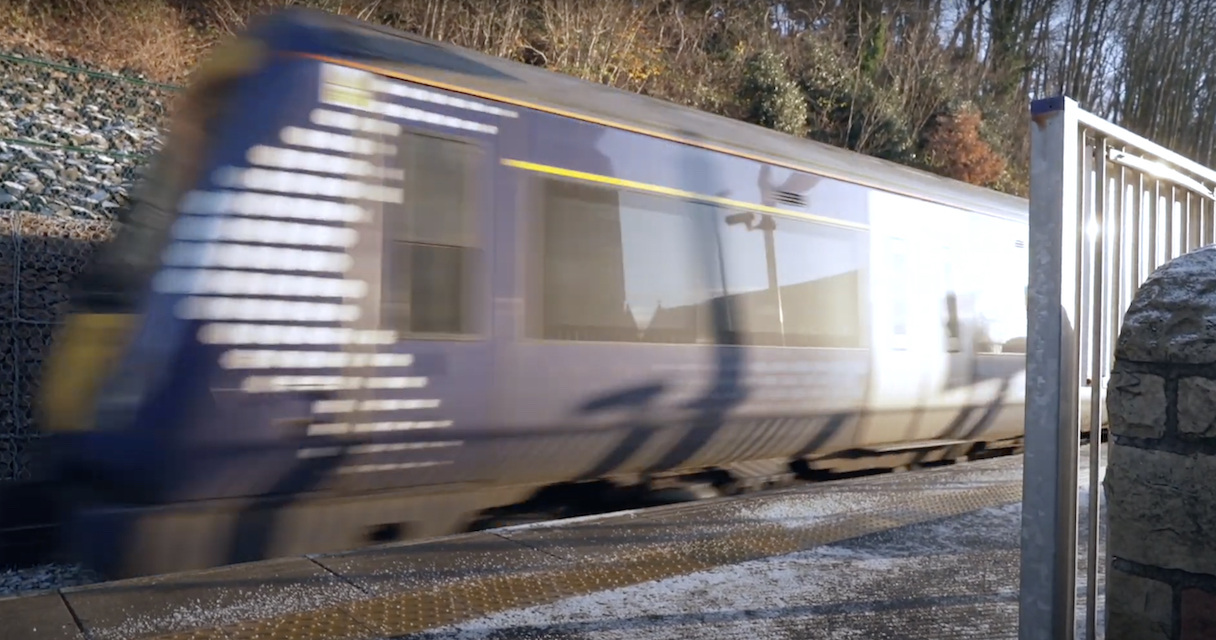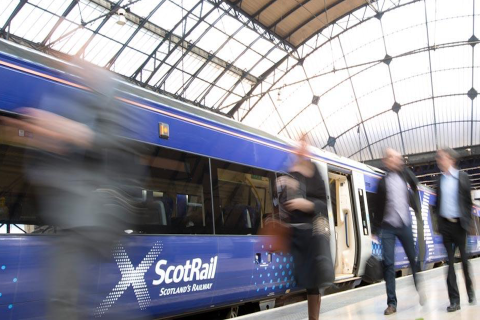Borders Railway: blueprint for East West Rail

England’s East-West Rail potential is perfectly illustrated by the huge success of the reopened Scottish Borders Railway. Backers of the project to connect Cambridge and Oxford have cited the Scottish project as an exemplar of the economic potential of the famous university cities. The reopened Borders Railway has delivered passenger numbers almost three times those first forecast. The project has been hailed for revolutionising the Scottish Borders economy. That success, and its potential for a repeat in England, has been put in front of political decision-makers and underlines the value of both projects.
The collateral benefits of railway development are well documented. That’s why East West Rail says the social and economic success of the Borders Railway, between Edinburgh and Tweedbank, shows how their project can “create a huge positive legacy” for the Oxford to Cambridge region. The point was highlighted at last week’s UK Parliament Transport Select Committee. Representatives of EWR emphasised the proven benefits of increased business investment. They said it’s driving footfall, boosting tourism and improving work and leisure opportunities.
In terms of regeneration, it has delivered
EWR has been to the Scottish Borders to liaise with stakeholders and backers in the region. “It is a railway which has attracted almost three times as many passengers than originally forecast. It perfectly illustrates the huge potential of East West Rail”, said Beth West, the chief executive of the EWR company. The Borders Railway, which connects Edinburgh with Galashiels and Tweedbank in the Scottish Borders, and has the potential for extension to Hawick and Carlisle, has been celebrated as a blueprint for East West Rail. “The region is reaping rewards locally”, reported EWR. “It is evident in terms of the regeneration it has delivered, including business investment, more jobs, increased footfall and a boost in tourism.”
At 35 miles (56km), the Borders Railway is a similar length to East West Rail’s proposed new section of railway linking Bedford and Cambridge, which is 38 miles (just under 61km). The former “Varsity Line” and the Borders Railway (which was then known as the Waverley Route) were both closed in the 1960s. Through services from Oxford to Cambridge ended in 1966. The Borders Railway closed in the first few days of 1969.
High demand led to more frequent service
Looking at the situation today, the Borders Railway project has massively exceeded expectations. It is like the railway has never been away, said Councillor Euan Jardine, the Leader of the Scottish Borders Council (the local authority through which much of the route progresses). He said it was providing an ongoing boom, which had helped win over opposition to the railway. The initial business case for the Borders Railway claimed that the line would carry only around 600,000 passengers a year. That pessimistic figure was vigorously disputed by the lobby group Campaign for Borders Rail. They argued for better infrastructure investment to cope with much higher demand, and to future-proof the line for extension.

The Campaign has been widely vindicated in its findings. By 2018/19 the passenger figure had risen to 1,789,467 per annum. Many more unrecorded journeys were made due to chronically overcrowded trains. Such high demand led to the operator ScotRail introducing more carriages and a more frequent service. It has been so successful that a 10 million pound (11.7 million euro) fund has been established for a feasibility study. It will look at extending the line, from its current terminus at Tweedbank, towards Hawick and Carlisle.
Transformational for local economies and communities
A UK Parliamentary Transport Committee session examining East West Rail last week heard how Borders Rail has been extraordinarily popular. “Borders Railway is an outstanding example of how a railway can be transformational for local economies and communities. It’s helping places flourish and become more dynamic and desirable to visit”, said Beth West, chief executive of the East West Railway Company. “It perfectly illustrates the huge potential of East West Rail, which will deliver similar long-term benefits along the route from Oxford to Cambridge via Bedford and Milton Keynes. Successful case studies like Borders Rail provide an encouraging and inspiring blueprint for East West Rail to deliver a huge, positive legacy for residents, businesses and economies across the route.”

The Borders Railway was officially opened by the Queen in 2015 and connects Edinburgh with Tweedbank in the Scottish Borders and in total serves nine stations along its route. The East-West Railway Company plans to re-establish train services between Oxford, Bicester, Bletchley, Milton Keynes, Bedford, Tempsford, Cambourne and Cambridge.
Further reading:




